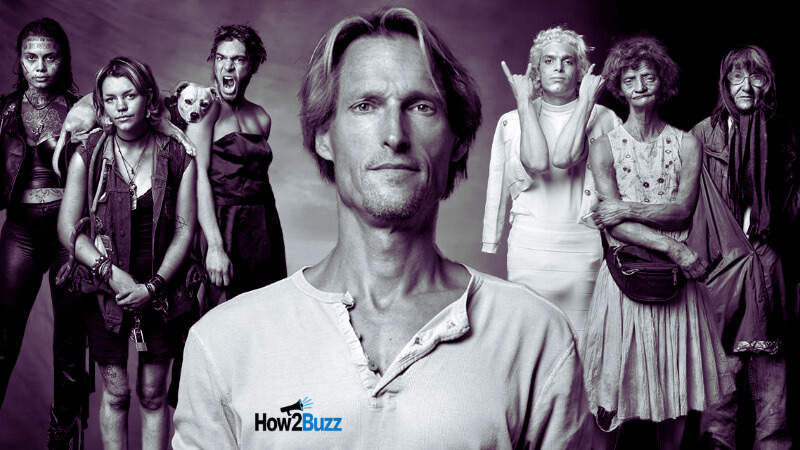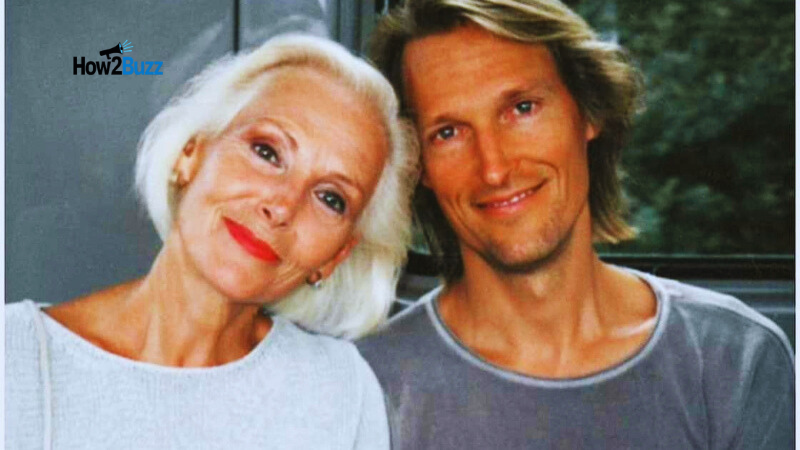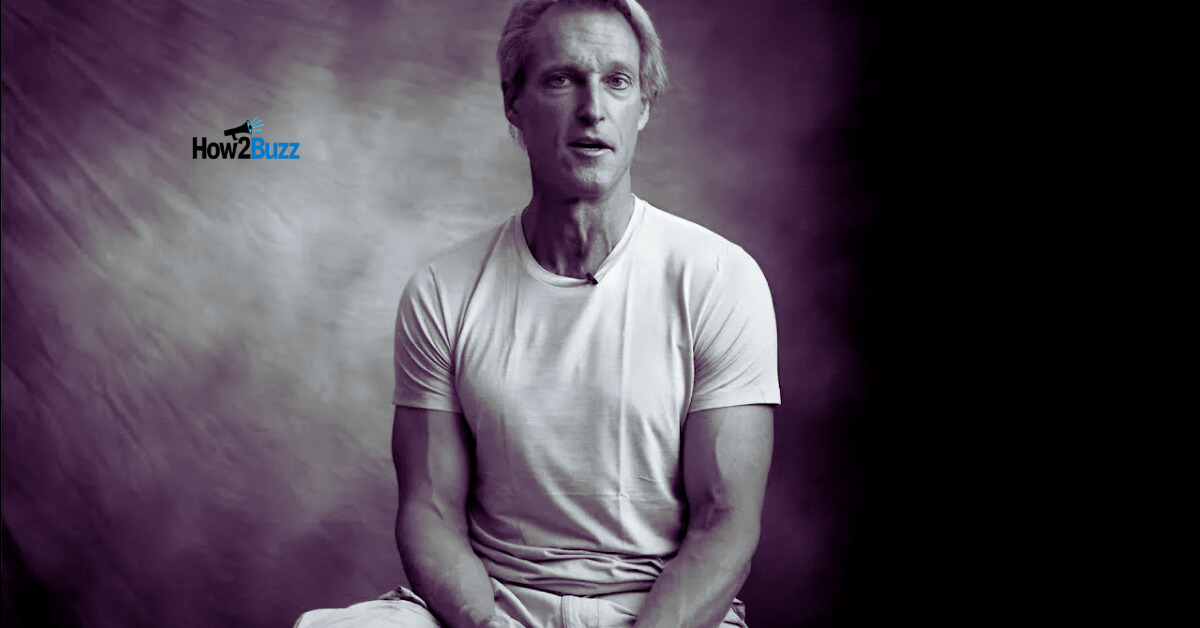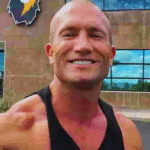Mark Laita is a name that resonates deeply in the world of photography and documentary filmmaking. With an artistic eye that captures both the extraordinary and the everyday, Laita’s work has shaped how we perceive people on the margins of society. His compelling ability to tell stories through the lens has made him one of the most talked-about creative forces in recent years. Whether it’s through his photography or his emotionally raw YouTube series “Soft White Underbelly,” Mark Laita continues to leave a powerful impression on audiences worldwide.
What sets him apart is not just his visual talent, but his courage to tackle the kind of topics that are often ignored or deemed too dark. From chronicling the lives of the impoverished and addicted to exploring the complexity of human emotions, Laita dives into places few others dare to go. His work isn’t just art—it’s social commentary, and for many, a wake-up call.
Mark Laita and the Power of Human-Centered Storytelling
Mark Laita’s artistic journey didn’t start with a camera in a dark alley. It began in a more traditional setting, capturing high-end commercial imagery for brands like Apple, Adidas, and BMW. His mastery of lighting, composition, and detail allowed him to rise quickly in the commercial photography world. However, it was his decision to pivot towards more human-centered storytelling that truly defined his career.
With the launch of “Soft White Underbelly,” Laita shifted from glossy advertising to raw, unfiltered truth. The series features interviews with people who live on the fringes of society—prostitutes, addicts, gang members, and the homeless. These are not interviews designed to sensationalize, but to humanize. Laita lets his subjects speak for themselves, with minimal interruption, creating a space where vulnerability feels safe. That’s not an easy feat in the world of digital media.
The lighting, camera angles, and black backdrop he uses are all intentionally simple, keeping the focus on the person in front of the lens. Through this approach, Laita allows raw emotion to take center stage, making each episode deeply intimate and profoundly moving.
Mark Laita’s Work and Its Cultural Impact
It’s hard to deny the cultural shift that Mark Laita has contributed to through his work. “Soft White Underbelly” has done more than just garner millions of views—it’s sparked critical conversations around addiction, poverty, trauma, and the criminal justice system. It has become a social archive of untold stories, a mirror reflecting the parts of society that many choose to overlook.
What makes his work especially powerful is how it bridges the gap between people from vastly different walks of life. Viewers from all corners of the globe find themselves emotionally invested in the lives of Laita’s interviewees. They begin to see the addict not as a cautionary tale but as someone with pain, history, and value.
Mark Laita doesn’t preach, and he doesn’t offer easy answers. That’s what makes his impact so lasting. By simply presenting truth in its rawest form, he forces viewers to confront their own biases, assumptions, and indifference. That’s a rare gift in a media landscape dominated by flashy edits and fleeting trends.

The Evolution of Mark Laita’s Creative Vision
Mark Laita didn’t reach this level of acclaim overnight. His journey from a commercial photographer to a social documentarian was marked by creative evolution and personal growth. In his earlier works like “Created Equal,” Laita explored the duality of the American experience through black-and-white portraits of people from vastly different social and cultural backgrounds.
This series hinted at what would come later—his innate curiosity about the contradictions within society and his desire to highlight them without judgment. Over time, Laita honed a style that is now unmistakably his: clean, emotionally resonant, and deeply authentic.
His use of simple settings allows for a pure connection between the subject and the viewer. This focus on unembellished truth is what makes his work so effective. The camera becomes a window, not a barrier, and in that honesty lies the true power of his vision.
The Emotional Depth Behind Mark Laita’s Interviews
Each interview Mark Laita conducts isn’t just a conversation—it’s a deep dive into the human soul. While some of his subjects speak about harrowing experiences such as abuse, incarceration, or addiction, others share moments of unexpected joy, humor, or insight. This emotional range gives the series a richness that’s rarely seen in online content.
What stands out most is Laita’s non-judgmental presence. He listens without reacting, allowing his subjects to guide the narrative. This approach has helped build trust with his interviewees, many of whom have never been truly listened to before. His presence becomes a kind of therapy, where sharing pain becomes an act of liberation.
Through these emotionally charged interviews, viewers experience an overwhelming mix of empathy, heartbreak, and reflection. It’s not uncommon for audiences to find themselves changed after watching just a few episodes. That’s the level of emotional depth Laita brings to the table.
The Controversy and Criticism Surrounding Mark Laita
With great influence comes inevitable scrutiny. While many praise Mark Laita for his work, others have criticized him for potentially exploiting vulnerable people for views and profit. This criticism often centers around questions of consent, compensation, and the long-term effects on those he interviews.
Laita has addressed these concerns in various interviews, emphasizing that his intention is to give voice to the voiceless. He frequently offers financial help to his subjects and even assists some in getting rehabilitation or housing support. Still, the ethics of documenting people at their lowest moments remains a hot topic among media critics and social activists.
Yet, many of his subjects have gone on record to say the experience was healing or empowering. For some, it was the first time they felt seen. The debate around his work is complex, but it also reflects how powerful and influential his platform has become.

Mark Laita and the Role of Digital Media in Modern Storytelling
The rise of platforms like YouTube and social media has transformed how stories are told and consumed. Mark Laita has harnessed this digital shift masterfully, using the accessibility of online platforms to reach millions without the traditional gatekeepers of TV or print media.
What makes Laita’s use of digital media so effective is its minimalism. He doesn’t rely on flashy graphics or heavy editing. Instead, he lets the story do the talking. In a world where short attention spans dominate, his content proves that raw, uncut storytelling still holds immense power.
His success shows that people are hungry for authenticity. By removing the polish and focusing on real human emotion, Laita has tapped into a new model of documentary storytelling—one that is grassroots, community-focused, and driven by empathy.
Behind the Lens: The Man Mark Laita
Away from the camera, Mark Laita remains somewhat of an enigma. He doesn’t seek the spotlight for himself, preferring to keep the attention on the stories he captures. Yet his own journey is equally fascinating. From a young age, he was drawn to photography and pursued it with relentless passion, eventually earning degrees and building a successful commercial career before shifting gears.
Those who know him describe him as soft-spoken, humble, and incredibly focused. He has spoken in interviews about how his work has changed him—how hearing hundreds of life stories has made him more compassionate and aware of life’s complexities. There’s a certain calm and steadiness to Laita that allows him to navigate the chaotic worlds he films.
His introspective nature might be the secret to his success. It’s what allows him to sit with people in their pain without judgment and offer them something many have never had before: a chance to be heard.
The Legacy of Mark Laita’s Work
Mark Laita’s impact will likely extend far beyond the lifespan of his current projects. He’s creating an archive of human experience that future generations may look back on to understand the raw realities of early 21st-century America. Whether it’s poverty in Los Angeles, drug addiction in Appalachia, or family trauma in Las Vegas, Laita is building a living time capsule of American life.
This legacy isn’t just in videos or photographs—it’s in the conversations he starts, the empathy he inspires, and the lives he quietly helps behind the scenes. In a world desperate for connection, his work offers a profound reminder of our shared humanity.
As he continues to produce content and expand his reach, one thing remains certain: Mark Laita has carved out a space where truth, pain, and hope coexist—and that space matters more than ever.
Conclusion
Mark Laita’s work is more than a digital phenomenon—it’s a cultural lens. His ability to bring unheard voices to the forefront has not only redefined storytelling but challenged society to look inward. With every frame, he invites us to pause, listen, and reflect.
In a fast-moving world, Laita slows things down. He strips away the noise and lets real people speak their truth. And in doing so, he reminds us that every life has a story worth telling. Whether you view him as a photographer, a documentarian, or a humanitarian, one thing is clear—Mark Laita is a storyteller of the highest order.
Frequently Asked Questions
Who is Mark Laita?
Mark Laita is a renowned photographer and documentarian best known for his YouTube series “Soft White Underbelly,” which features interviews with individuals living on the fringes of society.
What is “Soft White Underbelly” about?
It’s a documentary series where Laita interviews people from marginalized communities—such as addicts, sex workers, and the homeless—to highlight their stories and experiences without judgment.
Has Mark Laita received criticism?
Yes, some have questioned the ethics of his work, particularly around issues of consent and exploitation. However, many of his subjects have expressed gratitude for the platform he provides.
Where can I watch Mark Laita’s content?
Most of his videos are available on his YouTube channel “Soft White Underbelly,” which is regularly updated with new interviews.
Does Mark Laita help the people he interviews?
In many cases, yes. Laita has mentioned in interviews that he often provides financial support, helps with rehabilitation services, and keeps in touch with several of his subjects.



